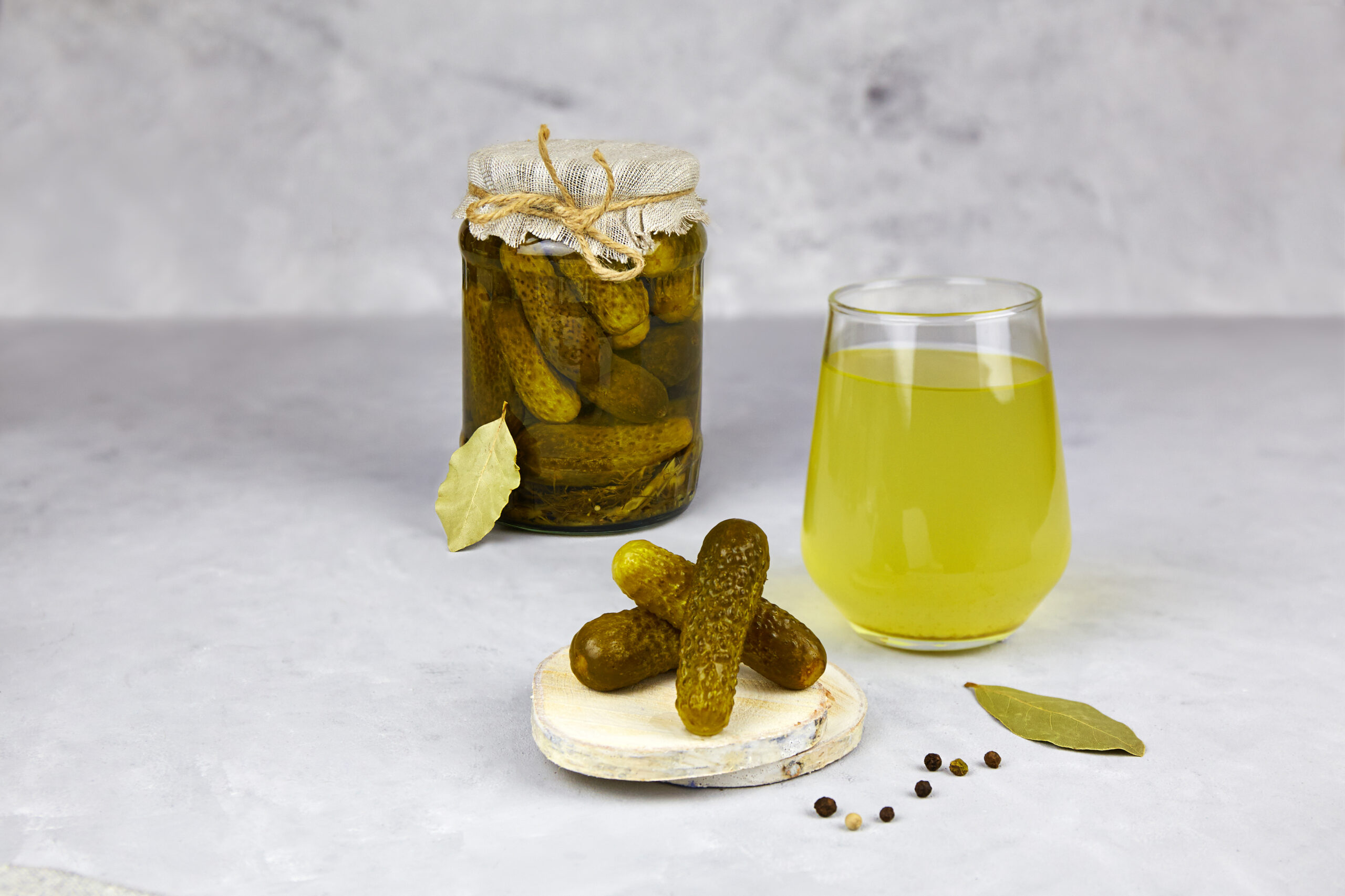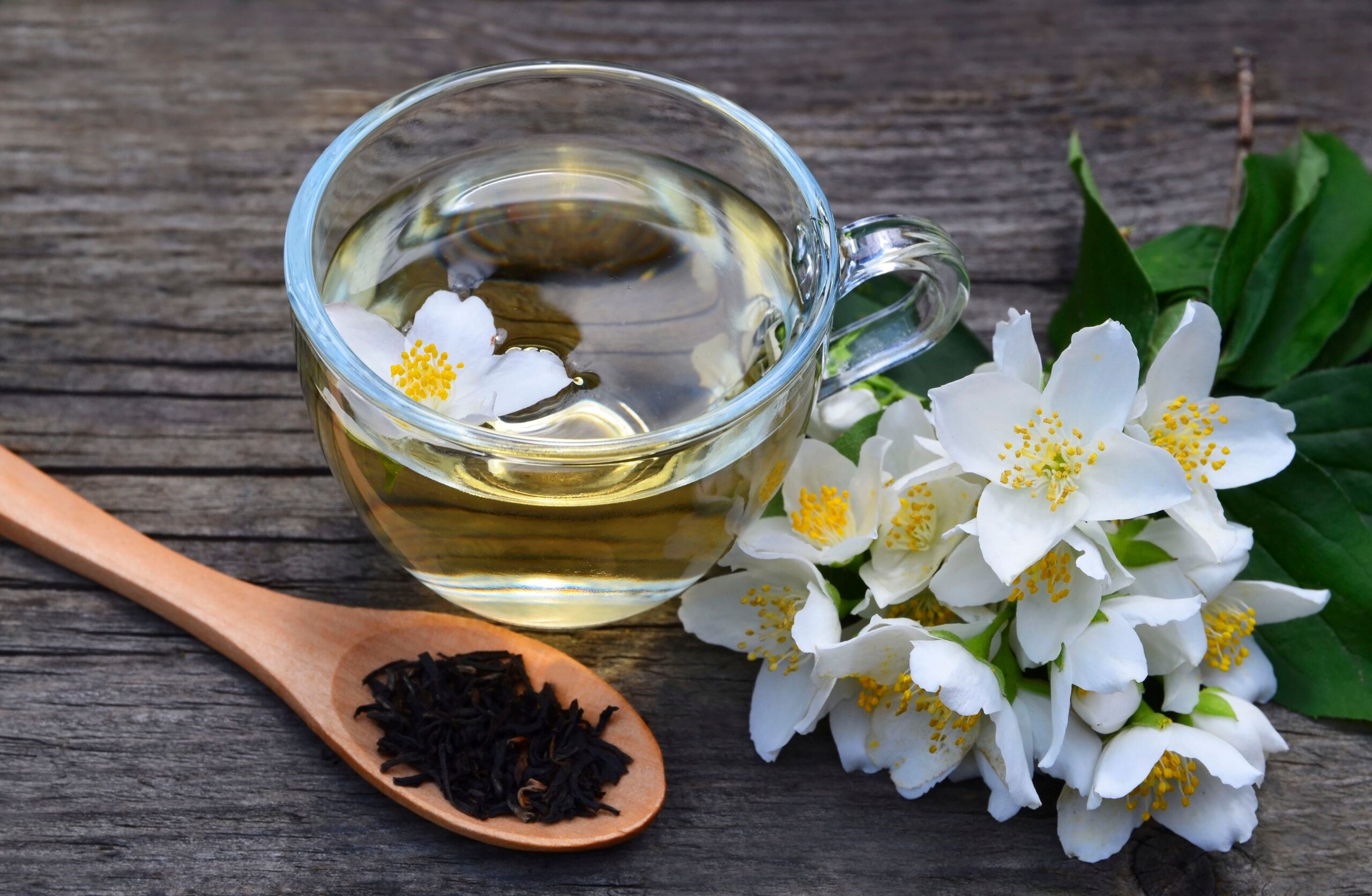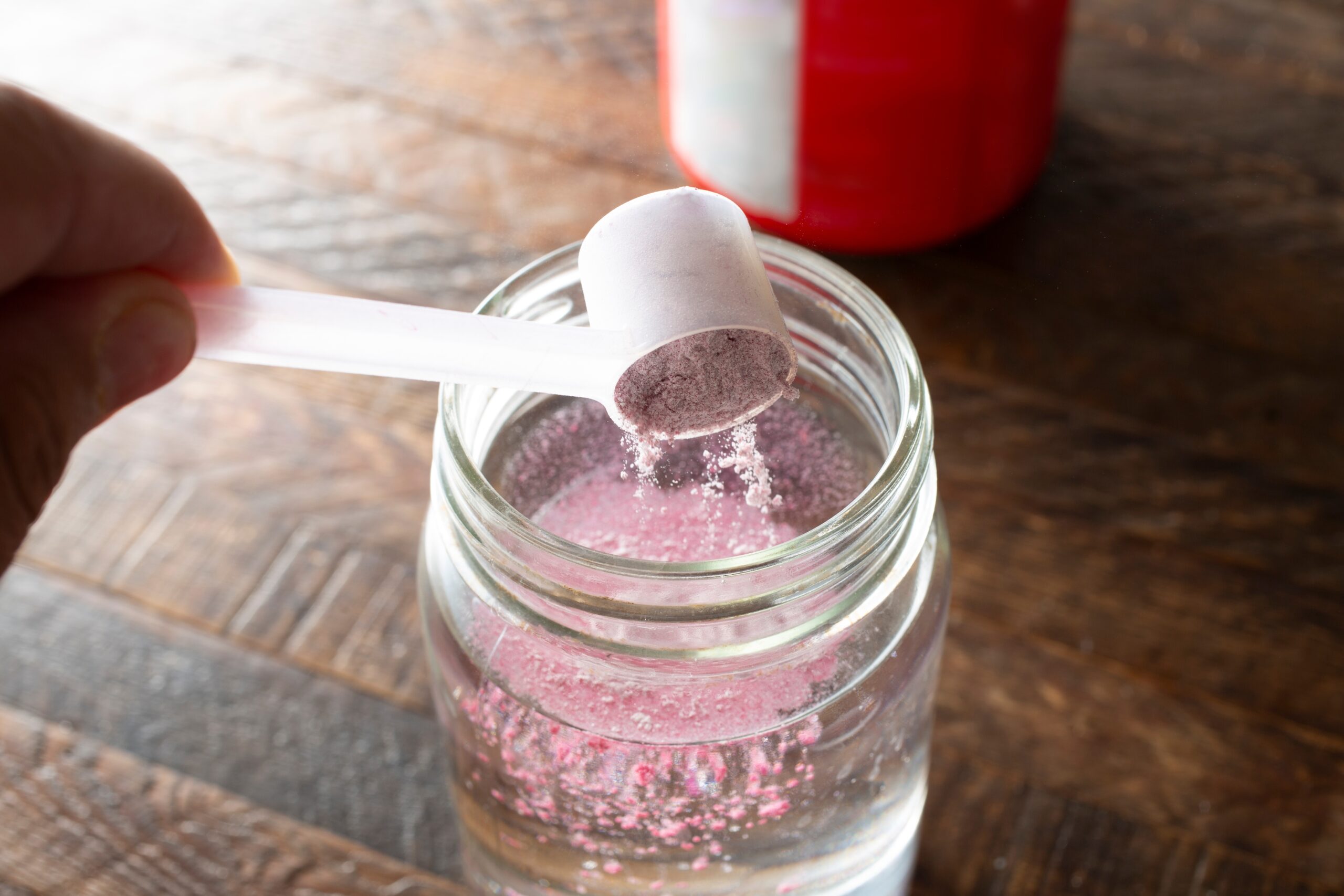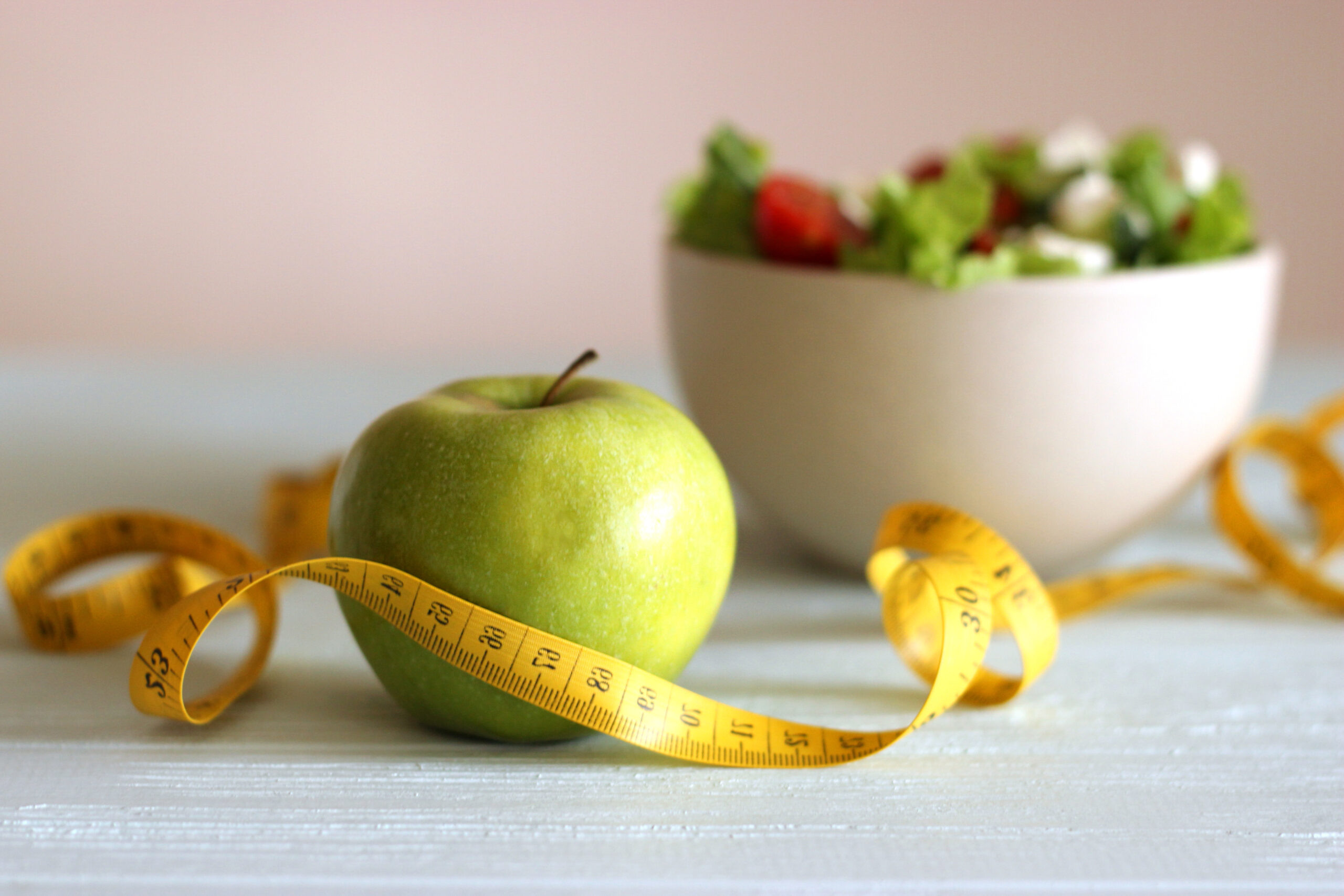Pickle juice, the beloved brine of deli jars, sits at the crossroads of athletic ritual and nutritional controversy—can a salty swig really silence muscle cramps, or is it just another folk remedy that’s overstayed its welcome?
Story Snapshot
- Athletes from tennis pros to football stars swear by pickle juice for cramp prevention, but science remains skeptical.
- Pickle juice’s high sodium content offers electrolytes, but overconsumption may pose health risks for many Americans.
- Current research suggests pickle juice may help prevent cramps when consumed before exertion, but won’t relieve existing cramps on demand.
- Experts urge moderation and consideration of whole-food alternatives for balanced electrolyte intake.
Sports Tradition Meets Modern Science: The Pickle Juice Phenomenon
Tennis champion Carlos Alcaraz’s recent Wimbledon victory reignited public fascination with a decades-old locker room secret: athletes guzzling pickle juice to keep muscle cramps at bay. When announcers speculated that Alcaraz relied on this pungent potion to outlast Novak Djokovic, they tapped into a ritual practiced by everyone from tennis star Frances Tiafoe to NFL powerhouses like the Philadelphia Eagles. The visual of elite athletes grimacing over a shot of brine has become as iconic as the Gatorade shower. But does this salty slug truly grant them a physiological edge, or is it just sports superstition bottled up?
Pickle juice is hardly a new addition to athletic folklore. For years, coaches and trainers have recommended it as a quick fix for muscle cramps, citing its rich sodium content and trace potassium. The logic seems airtight: cramps often strike when electrolytes run low, so flooding the system with sodium might stave off disaster. The Pickle Juice Company reports that just 100 milliliters—a modest gulp—delivers 342 milligrams of sodium and 29 milligrams of potassium, with zero calories, sugar, or fat. In an age obsessed with clean labels and functional foods, pickle juice checks many boxes, but can it really outpace science-backed solutions?
The Nutritional Case for Pickle Juice: More Than Just Salt
Electrolyte balance is essential for nerve function and muscle contraction, making sodium and potassium the unsung heroes of athletic performance. A 100-milliliter serving of pickle juice provides nearly 15% of the recommended daily sodium intake, which may replenish what’s lost through sweat during intense activity. Athletes lean on electrolyte-rich drinks to maintain fluid balance, and studies suggest these beverages can outperform water in preventing exercise-induced cramps. Pickle juice’s appeal is its simplicity—no sugar, no artificial dyes, just brine and a burst of minerals. However, the benefits hinge on context and timing: consuming pickle juice before exertion may lower cramp risk, but research does not support its use as a magic bullet to treat cramps once they strike.
There’s another side to the story. Sodium, while necessary, is a double-edged sword. The same brine that rehydrates an athlete can tip the scales for individuals already consuming too much salt. The average American diet is notoriously sodium-heavy, and extra pickle juice might push intake into the danger zone, inviting bloating, puffiness, and headaches. Critics argue that chasing the next performance edge should not come at the expense of cardiovascular health. For those with high blood pressure or kidney issues, the risks may far outweigh the rewards.
What the Experts and the Evidence Say
Dietitians and sports nutrition experts walk a careful line. They acknowledge the logic behind pickle juice as a pre-game boost—electrolytes are lost in sweat, and quick, salty hydration can help. However, they caution that evidence for pickle juice’s effectiveness as a cramp cure is thin. Most research focuses on prevention rather than treatment, and placebo effects muddy the waters. Anecdotes from professionals pack punchy headlines, but science prefers sober analysis over superstition.
Alternatives abound for those wary of excessive sodium. High-potassium foods—bananas, avocados, yogurt—offer a more balanced approach to cramp prevention. These options provide not just potassium, but also magnesium and other micronutrients vital to muscle health. Experts recommend varying electrolyte sources and monitoring overall intake, especially for older adults or anyone with pre-existing health conditions.
How to Make Pickle Juice Work for You—If at All
For the weekend warrior tempted to try pickle juice, moderation is key. Occasional use before strenuous activity may offer some protection against cramps, especially in hot, sweaty conditions. Make this tactic part of a broader hydration and nutrition strategy, not a daily habit. Those with a salt-sensitive constitution should steer clear or consult a medical professional before adding brine shots to their regimen. For anyone seeking a natural edge, whole foods high in potassium and magnesium remain the gold standard for muscle support.
Pickle juice’s place in the pantheon of sports remedies may endure thanks to its quirky charm and athletic endorsements, but when it comes to real muscle cramp relief, the science says not to count on miracles in a jar.
Sources:
EatingWell: Electrolyte Drinks—What Are They and Do You Need Them?
EatingWell: 5 Weird Signs You’re Probably Eating Too Much Sodium
EatingWell: 8 Foods with More Potassium Than a Banana
EatingWell: Does Drinking Pickle Juice Actually Help With Muscle Cramps?








